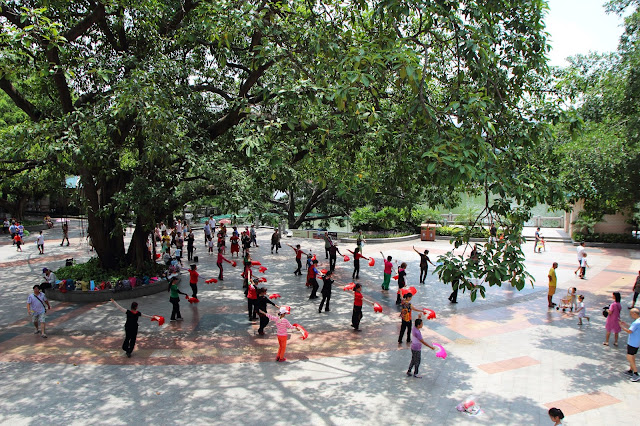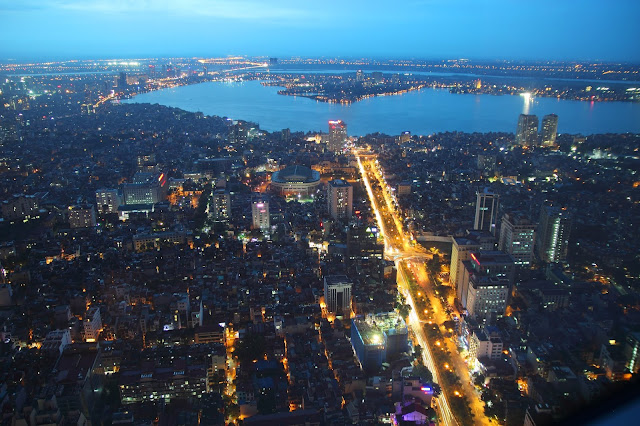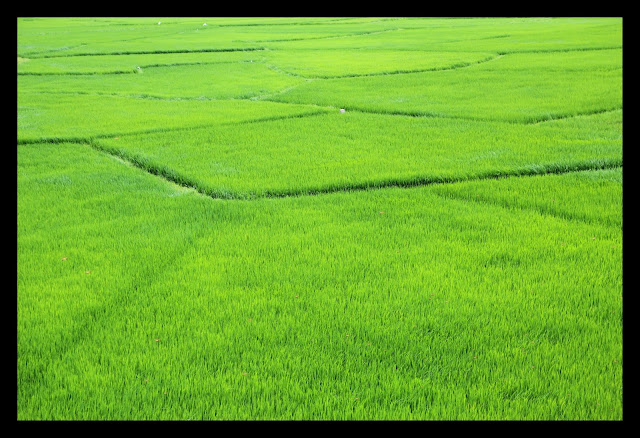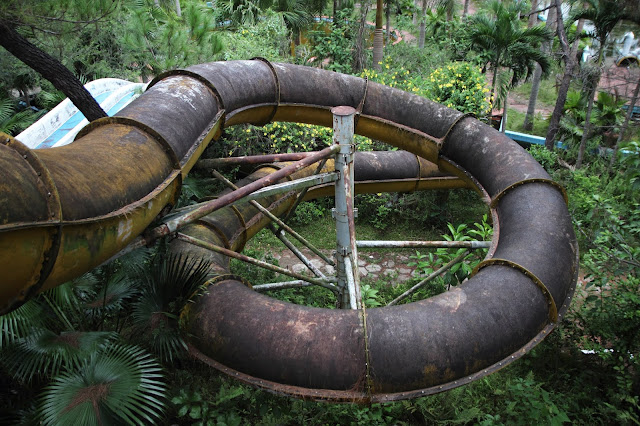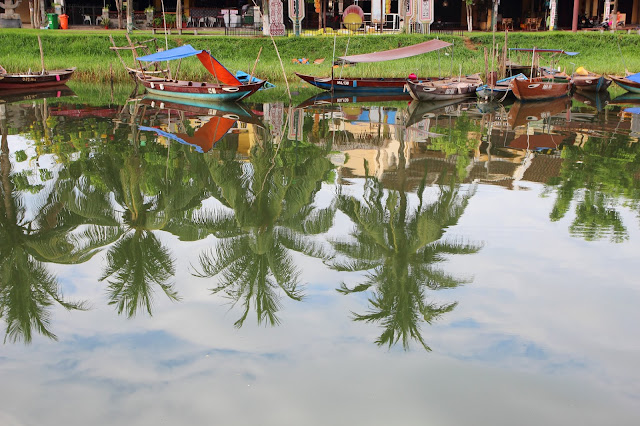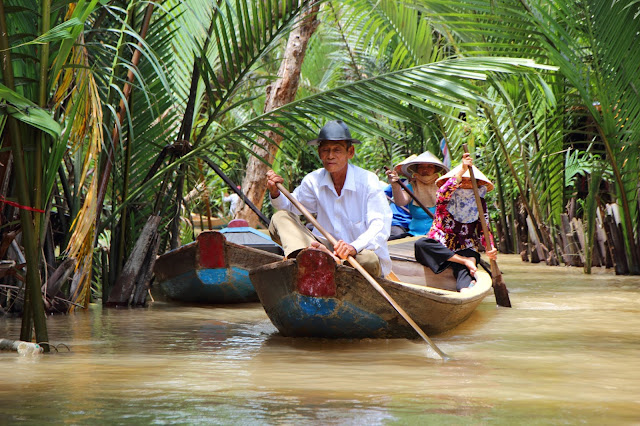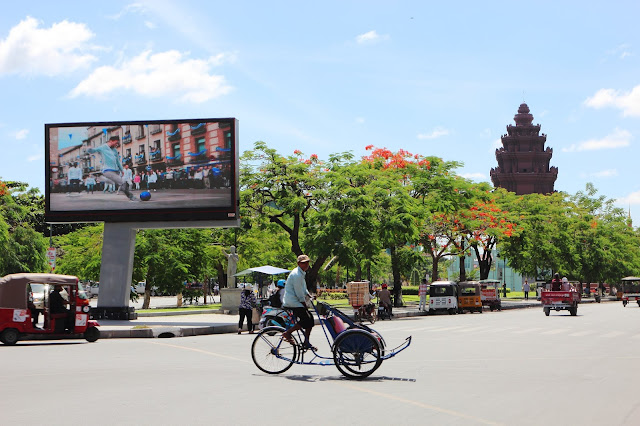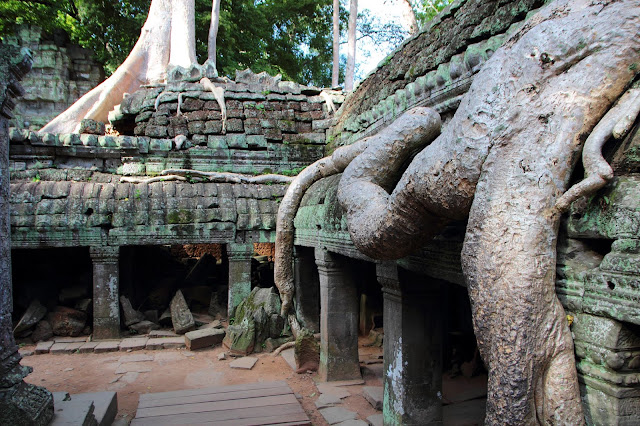Tiger Leaping Gorge day 1
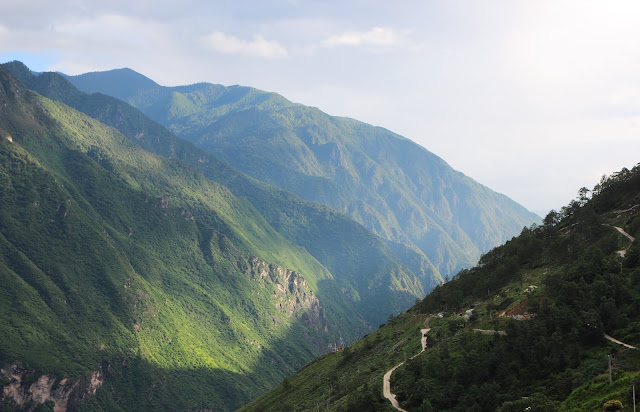
The Tiger Leaping Gorge is one of the most famous scenery in China. Fortunately if you go there to hike it won't be crowded like other famous place in the country. I met other foreigners on the trail, but not a single Chinese tourist. They all take the bus and only go at the bottom of the gorge. According to the legend, a long time ago a hunter was chasing a tiger. To escape, the animal has leaped over the river. Hence the name: Tiger Leaping Gorge. To do this hike I first took the bullet train to go from Nanning to Kunming. I stayed one night in the capital of the Yunnan province. Kunming is at 1892 meters of altitude and thus the air was cooler. I found that this city had surprisingly a lot of character. It might be due to the diversity brought by all the ethnic minorities living in the province. At the Kunming West Coach Station, I took a bus to Lijiang. The bus terminal is on the line 3 of the subway system. It took around 8 hours to reach this town in the mountains...
